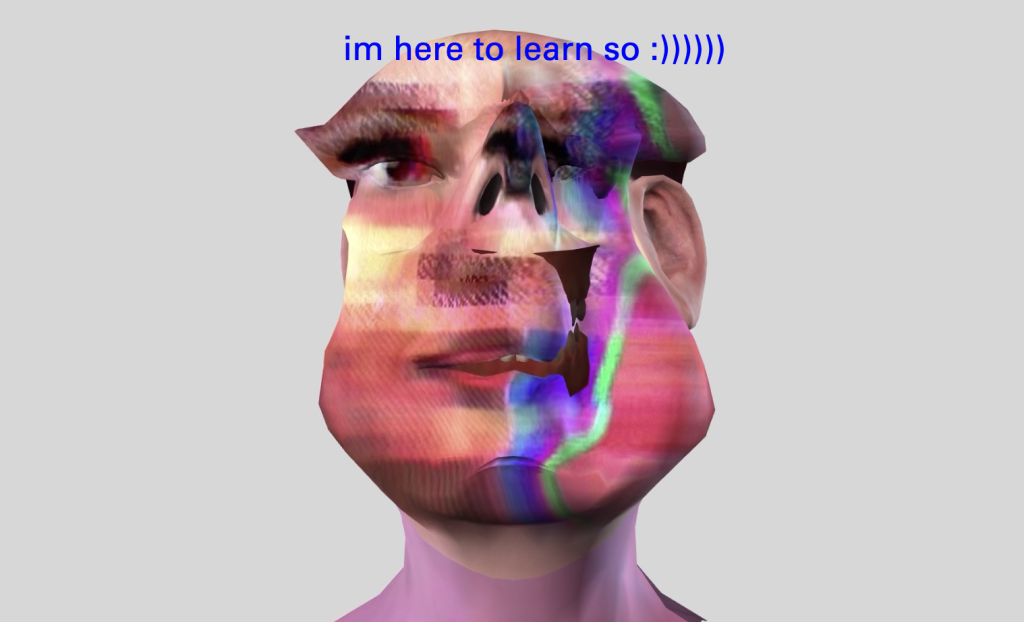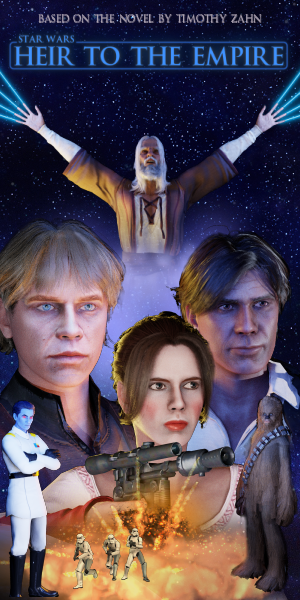Tech Update 2 (Mar 2023)

We’ve seen a number of tech developments in recent weeks that we’ll share in this post. Everything from free tools, great content packs, wrinkles for those of a certain age of course, mocap for newbies, nuisance scores, heads up on a lightweight headset, and more!
Lights, Camera, Action
A member of Chantal Harvey’s popular Machinima Mondays‘ Facebook Group posted a video recommendation by Kevin Stratvert of five free screen recording tools that all machinima and virtual production folks should have in their applications folder. He usefully goes through the process of using each of them in his tutorial here –
We highlight just a few of the exciting things we’ve seen in the last few weeks for Unreal Engine. A show and tell tutorial on making ragdoll puppets, reported in 80.lv, featuring 3D artist and animator Peter Javidpour, gives a great breakdown of the process, including how to rig the virtual camera. The process using Blueprints was used in his recent short release, My Breakfast with Barf, link here –
Also using Blueprints, Machina-Infinitum.com released a content pack for making procedural fractals. They look really beautiful – and perfect for that next cyberpunk-cum-inceptionist film. The pack isn’t free at $99, but it looks like a good investment, available on the Unreal store here. Here’s a link to their YouTube channel and tutorials for using the assets –
And also not free (£170.70), another excellent content pack. This one contains realistic building assets from what looks like the Whitechapel area of London, called a British City Pack, by Polyspherestudio.com. Here’s an overview on their YouTube channel –
Reallusion released a much awaited update to its Character Creator, introducing a dynamic wrinkle system. The plasticity of facial animations using CC4 is something we’ve often found ourselves commenting on in our film reviews, and this is a very interesting development. Check out the overview here –
Plask’s mocap app has been upgraded. This is an app we’ve mentioned before, which allows you to record, edit and animate projects in your browser. For pros, there’s a monthly fee, but for newbies, its freemium model looks like a great way to get started in mocap. Here’s an overview of it from their YouTube channel, which also contains tutorials of how to integrate the content with platforms like Blender, Unreal Engine and others –
With interoperability at its heart, ReadyPlayerMe is going from strength to strength. Its recent blog post sets out its ambition, and this highlights what great potential its avatars have to be cross-platform virtual storytellers, although as yet we’ve not seen much of that emerging.
For sound design tips, you can do no better than take a look at REAPER. Anne-Sophie Mongeau has written a great two-part article on Asoundeffect.com, which is definitely worth checking out, and whilst you’re there, you can check out the massive curated collection of sound effects on the website too.
For those exploring immersive experiences, we found another great article on Asoundeffect.com, this one discussed the impact of ‘nuisance scores‘ on the listener – we certainly have some experience of that in films we see too.
And for those seeking an alternative to the wearying headsets for virtual reality immersive experiences, Bigscreenvr.com‘s new system looks very impressive. Its just 127 grams and with a great resolution – most headsets weigh in around 450-650 grams, which is roughly a bag of sugar for those home chefs in the know – so surely will be much more usable than the current techs. It just released an overview of the new set and shipping begins in Q3 2023, and I’m more than tempted to get my order in early on this one…
You’re Welcome!
Finally this week, the Second Life endowment for the arts process is changing. For years, Second Life has been a massive advocate for its community of content creators, and the changes which give creators more time to develop their builds is another example of its fantastic support (notwithstanding the truly err colourful gif on its announcement page, our feature image this week). Here’s a link to its grant page.







Recent Comments